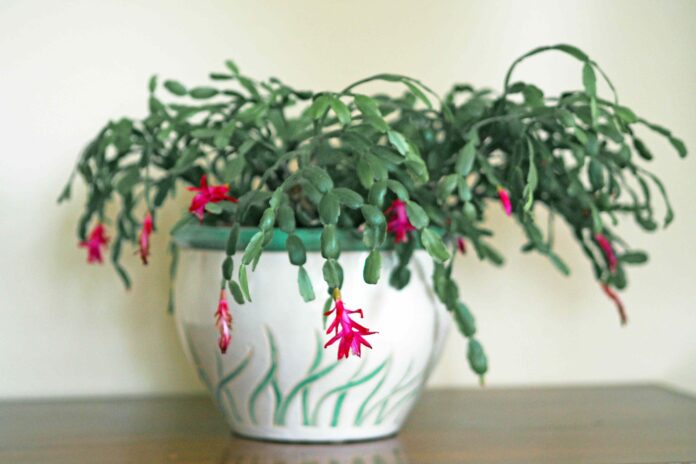Christmas cacti are beloved for their winter blooms, but sudden leaf drop can be alarming. While these plants are resilient, stress from improper care is often the culprit. Here’s a breakdown of the most common reasons why your Christmas cactus might be shedding leaves, and how to get it thriving again.
Overwatering: The Silent Killer
Many assume all cacti thrive in arid conditions, but Christmas cacti originate from Brazil’s humid rainforests. They need regular watering, but sitting in soggy soil is a fast track to root rot, which causes leaves to fall.
To prevent this: Always check the soil moisture before watering. Only water when the top 1-2 inches feel dry. A good rule of thumb is every 1-2 weeks during the growing season (spring/summer) and less frequently in winter.
Underwatering: The Other Extreme
While overwatering is common, letting the soil dry out completely can also trigger leaf drop. The plant sacrifices leaves to conserve moisture if severely dehydrated.
How to tell the difference: If the soil is bone-dry and the leaf segments feel wrinkly, it’s time to water immediately.
Temperature Fluctuations: A Shock to the System
Christmas cacti prefer consistent temperatures between 70-80°F. While cooler temperatures can encourage blooming, drastic shifts are stressful.
Avoid: Placing plants near cold drafts, radiators, or forced-air heating. These extremes can shock the plant, causing it to drop leaves or flowers.
Too Much Direct Sunlight: Scorched Leaves
Bright, indirect light is ideal, but direct sun can scorch the leaves. This damage often leads to leaf drop as the plant tries to recover.
Best practices: West-facing windows may be too intense in winter; east or southeast exposure is usually better. If direct sun is unavoidable, move the plant further from the window or use a sheer curtain.
Rootbound Roots: Time for a Repot
If you haven’t repotted your Christmas cactus in years, it might be rootbound. Compacted, nutrient-depleted soil and circling roots restrict growth and cause stress.
Repotting tips: Use a well-draining potting mix (a chunky orchid mix with bark works well). Avoid sand. The goal is to keep the roots damp, not wet, and prevent them from completely drying out.
“Christmas cactus roots like to be kept damp, but not wet, and they should never be allowed to completely dry out.”
By addressing these common issues, you can keep your Christmas cactus healthy and blooming for years to come. Consistent care—checking soil moisture, maintaining stable temperatures, and providing adequate light—is the key to preventing leaf drop and enjoying its beautiful winter display.


















